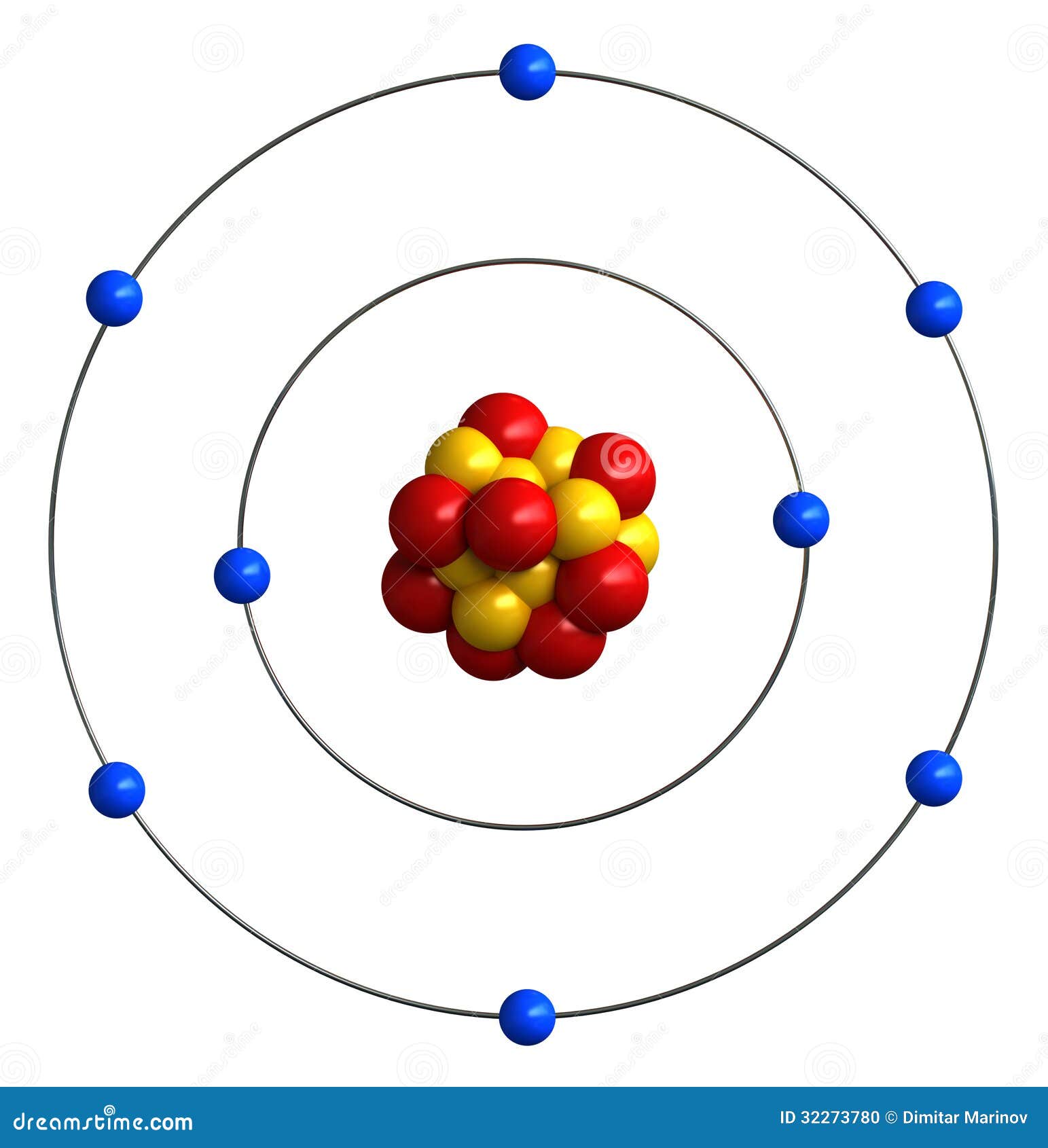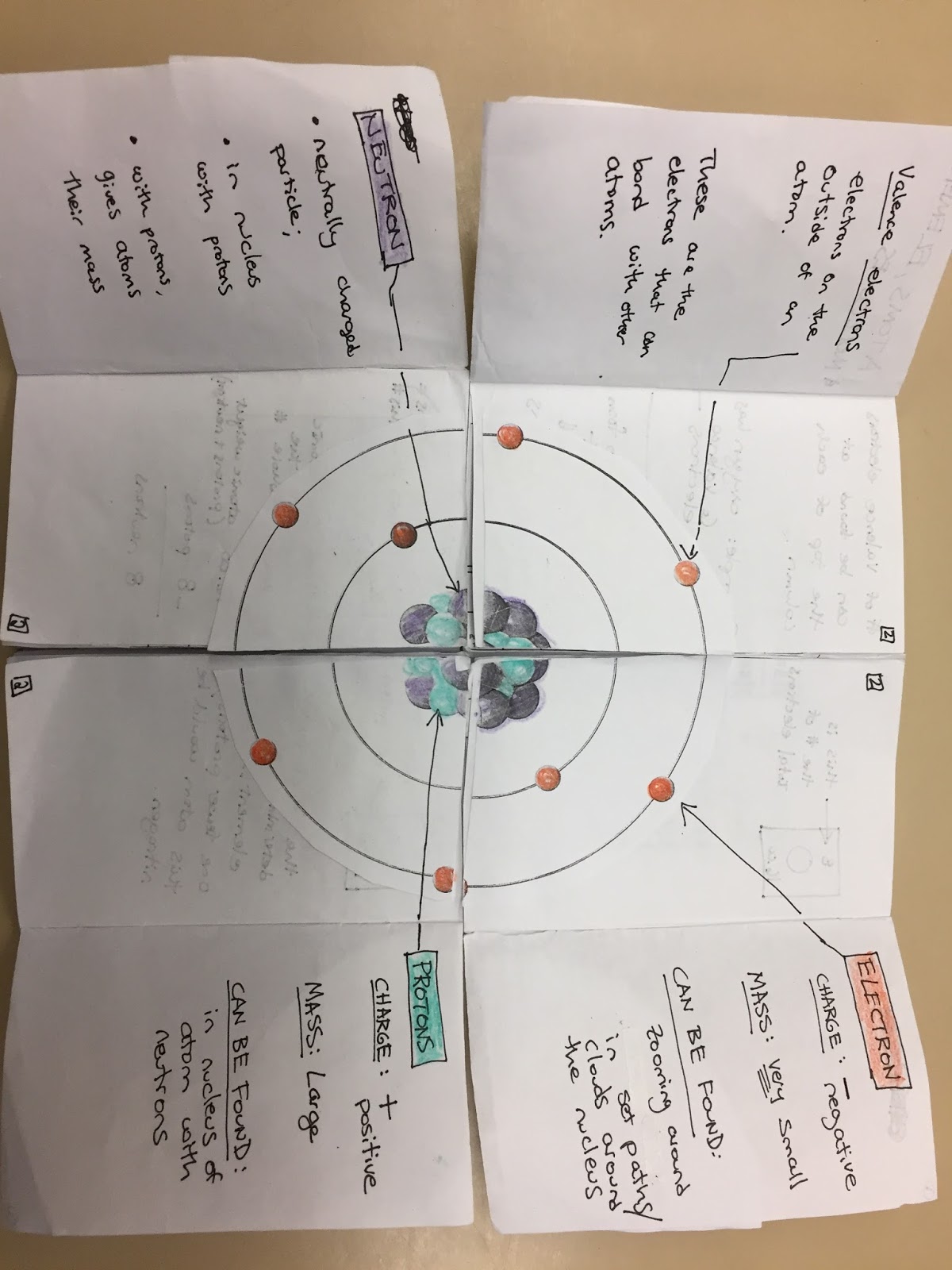Wednesday, December 28, 2016
Animated Photosynthesis Overview
Tuesday, December 13, 2016
Wednesday, December 7, 2016
Sunday, December 4, 2016
Wednesday, November 30, 2016
Homeostasis
Human pH: 7.4
% water: 55%
%salt: 0.9%
keeping these at a constant level keeps your body functioning.
HOMEOSTASIS
big word.
that keeps you alive.
all of your cells need oxygen, a consistent temperature, a way to remove waste, a way to get energy.... your body has many ways of keeping it's internal environment constant.
Our CO2 Lab was one example of a homeostasis system. When you exercised, your cells needed more energy. That burning of energy requires oxygen, so, your heart rate increased to keep up with the demand. Your body uses glucose + oxygen to get energy and carbon dioxide through respiration.
Respiration & CO2 Lab
Respiration and CO2 LAB
all of this was done in class.
if you were in class, you should not have an 'outside of class' write up.
if you were absent for the data collection, you need to plan a time to make this lab up.
MORE ON RESPIRATION (bitesize at BBC)
all of this was done in class.
if you were in class, you should not have an 'outside of class' write up.
if you were absent for the data collection, you need to plan a time to make this lab up.
MORE ON RESPIRATION (bitesize at BBC)
Saturday, November 12, 2016
Adaptations in leaves
plants are adapted to their climate- leaf structures can prevent evaporation, help a plant float, provide rigid structures for water or height, move and arrange pigments for photosynthesis. We will do a 1day exploration of these structures.
engineering a leaf 3 minute video of someone engineering a leaf
4 example plants slide show More images to help you answer the hand out below.
Paper-based 'lab' pages 9-14 in this hand out. Due at the end of class, 11/14
engineering a leaf 3 minute video of someone engineering a leaf
4 example plants slide show More images to help you answer the hand out below.
Paper-based 'lab' pages 9-14 in this hand out. Due at the end of class, 11/14
Sunday, November 6, 2016
FOLDABLE: atoms, electrons and molecules
A periodic table with valence electrons is here.
And an Oxygen Atom.

If you did not get the rest in class, please use the images from this file to recopy this into YOUR logbook.
Here's Bill Nye's explanation.
Scales of the Universe
Tuesday, November 1, 2016
Google Earth: Australia plots
 Today- look at several plots- try to find some from different looking areas.
Today- look at several plots- try to find some from different looking areas.1. open google Earth.
2. download this KMZ file.
3. open this KMZ file.
AUSTRALIA PLOTS KMZ file
How hard is it to count the trees?
How many plots would you consider 'reasonable' for one lab team to count?
How many times do you think each plot should be counted? Why?
Tuesday, October 25, 2016
Succession
| mt. st. helens. Lupine is a nitrogen fixer. |
Succession is a predictable changes in an ecosystem that happen when an area has no life (post lava flow, glacier retreats, for example) OR when there has been a severe disturbance (forest fire). Each stage in a succession makes conditions better for the following stages.
Khan Academy Video: Ecological Succesion
Ecological Succession: Encyclopedia Brittanica
Oregon post-fire 2003 B&B fire
Mt. St. Helens with Earth Observatory photos
Monday, October 24, 2016
Logbook check 10/31
Some classes didn't have owl ecosystem questions.
It's OK if your page#s don't match mine-
as long as these assignments are in your logbook, completed,
AND in as close to this order as possible.
Saturday, October 22, 2016
Thursday, October 20, 2016
How Wolves Changed Rivers
How Wolves Change Rivers
Criticism of Wolves Change Rivers Story
http://www.nytimes.com/2014/03/10/opinion/is-the-wolf-a-real-american-hero.html?smid=tw-share&_r=1
http://www.nature.com/news/rethinking-predators-legend-of-the-wolf-1.14841
Predator/Prey Modeling Follow up questions (Deer Me Game)
Deer Me Follow up questions:
(everyone should have their own Data, Graph AND answers to these questions, in your own words).1. Graph your results. Include axis labels and a key.
2. Summarize your deer/wolf predator/prey interactions in a sentence or two.
Example: The deer and wolves reached an equilibrium- as the number of deer went up, so did the wolves, but then when the wolves reached a big enough number, the deer started to go down. Then the number of wolves went down, and once the wolf numbers were low enough, the deer population rebounded.
3. What factors could you change that would affect this model? What effect do you predict they would have. Give 3.
Example: if wolves had only had to catch one deer to survive, the deer population would have been kept at much lower numbers.
4. What equation do you think best fits the graph you have drawn. Write it below. (HINT: this is kind of a trick question- but- if there's even part of your graph that fits some math you've learned, please write about it).
5. If I were to use this simulation game again with next year's Biology Students, what would make it go better?
Monday, October 3, 2016
Sunday, October 2, 2016
Sunday, September 18, 2016
Finding Your Niche Poster Project

To illustrate your understanding of some major ideas in ecology, you will choose an animal (and an ecosystem) and design a poster. Here is the checklist of everything that should be CLEARLY labelled and illustrated in your poster. DUE: 9/30/2016
It is most important that your poster be well-researched and demonstrate your understanding (ahem, everything should be in your own words). It is less important the size of paper, the number of images, etc. It is OK to cut and paste images, however, 1) all the writing must be in your own words (typed OK) AND 2) this poster is NOT ONLY a food web. This should be your best work. Your background research should have been done in these two assignments: Finding your niche background AND Ecosystem terms from class NOTES.
Map of world biomes
world biome descriptions
Friday, September 16, 2016
Bacteria Lab Conclusion
| The 8-year-old boy had been playing outside before he pressed his hand into the Petri dish. Image from Tasha Sturm, a microbiologist, of her son's hand. |
In class, we observed bacteria (& molds and yeasts) that you collected from around the building.
YOUR drawing, data table and this conclusion are due TUESDAY 9/20 at the beginning of class.
8. Write a conclusion that completes the following components.
a.
Restate the hypothesis and describe if it was confirmed or
contradicted.
b. State the answer to your question.
c.
Explain your results using your data (PUT NUMBERS IN YOUR WRITING!!!).
d.
Describe procedure errors and any limitations or observed mistakes
that influenced your results
(be specific. Just writing 'human error' is too vague.)
e.
Describe modifications to improve the experiment procedure and
future topics of study
f.
Connect your findings to the real world or other studies.
Wednesday, September 7, 2016
Friday, September 2, 2016
Jean Heller's article exposing Tuskegee Experiment
Heller had been tipped off by Peter Buxtun, a Public Health Services Venereal Disease Investigator. Buxtun contacted the press after the national regulating body for disease research, the Center for Disease Control, refused to call the study off in the late 1960s.
Tuskegee Study Mixer: Roles
 |
| Some of the subjects of the Tuskegee Experiment, photo credit: WikiCommons |
NOTE!:
You are not excpted to remember all of these individuals- we did the mixer as a way of understanding some of the perspectives in a complicated Case Study and to open our conversation about Bioethics.
IF you understand what the study was about, who was impacted, and where some questionable moral decisions were made, you are well prepared to continue on in this unit.
Monday, August 29, 2016
First day survey!
| this is a thing. I didn't make it up. |
It will help me make Biology a better class for you.
I will not share your personal data with other students.
I will share 'group' data with the room.
Thursday, August 25, 2016
Tuesday, April 12, 2016
human migration
Subscribe to:
Comments (Atom)













